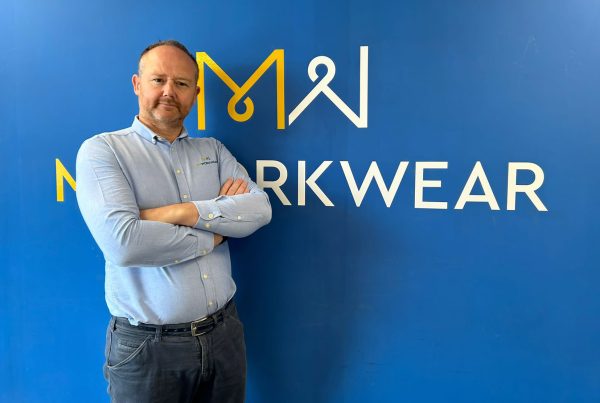- 53 percent of employers say reflecting Diversity, Equity and Inclusion (DE&I) in their communications is a priority
- Communicating through �personal channels� has increased during COVID-19 pandemic
- Use of video animations, apps and virtual town halls increasing
Aon plc (NYSE: AON), a leading global professional services firm, has found that UK employers� main barrier to communicating benefits to their employees is a lack of resource, reflecting the strain many teams are under and the challenges of recruitment and retention.
In Aon’s UK Benefits and Trends Survey 2022, 43 percent of respondents say they have no resource, while 35 percent say they have no budget for benefits communications efforts. Last year, the survey found that 49 percent said they had no budget, while 36 percent said they had no resource.
Results from the survey also show that workplace communication continues to evolve in other ways. For instance, employees have higher expectations of their employer on Diversity, Equity and Inclusion (DE&I) issues. Approximately 53 percent of responding employers say that reflecting DE&I in their benefits packages is a priority. While 58 percent of respondents believe their communications speak to and are representative of their workforce in terms of DE&I, 16 percent say that they could do more. Comments included: �DE&I is an area we need to do a lot more work with – it would be wrong for us to assume we are representative� and �We haven�t reviewed our communications using a DE&I lens, but we�re keen to do so�.
Andy Partridge, senior strategy consultant, Aon, said:
�Nearly all respondents say increasing employee understanding and engagement with their benefits and/or health and financial wellbeing is important. It seems with this in mind, employers are finding ways around resource issues. Although 51 percent of respondents use internal communications teams, 41 percent instead turn to their benefits advisers and providers to help with engagement and communication strategy and design.�
The survey also shows that communication style is another area of change. Unsurprisingly with the backdrop of the COVID-19 pandemic, there has been a shift to communicating via webinars, and their usage has increased from 55 percent in 2021 to 69 percent in 2022. However, there is also a greater focus on personal channels, or in-person communications � the use of internal management cascades has increased 6 percent to 45 percent in 2022, while using champion networks, or internal advocates, has increased 11 percent to 33 percent.
The importance of technology is increasingly apparent, with far less reliance on printed communication. While 27 percent of employers continue to use printed communications, video animations, virtual town halls and apps are all now used by 26 percent of employers. Email is in use by 94 percent of respondents, while benefits websites are used by 59 percent of respondents.
Andy Partridge said:
�As employers switch more to digital options, we continue to see expenditure on print – and the volume of it – falling. More than ever, we are working with employers to provide virtual focus groups, animated videos and web deployments. Short and snappy videos are going to be the future of corporate communication. This is where employers are increasingly learning from social media, where short-but-sweet video clips, lasting from 15 seconds to one minute, dominate viewing statistics.�
Another area of change is employee listening. While the majority of employers continue to run quantitative questionnaires/surveys, there is an increasing shift to more frequent pulse surveys to understand people better. Regular engagement surveys are now run by 40 percent of employers, up from just over 30 percent in 2021. Additionally, a small number of firms (3 percent) are looking to run more surveys informed by neuro-science, which tap into the respondent�s unconscious mind to get an unbiased view on how they really feel.
Andy Partridge added:
�While the numbers using neuro-science are currently small, we expect this to be a growing area as more employers look to unearth what employees really think and feel about issues and to help build a more resilient workforce. It�s interesting that 42 percent of employer respondents do not feel their benefits are meeting the needs of their employees and only 13 percent feel their communication is very effective. But using technology and modern methods of employee listening are key ways to provide clarity and confidence to make better decisions.�
Aon�s annual UK Benefits and Trends Survey shows trends in employer benefits strategies, highlighting issues experienced by employers and employees. In its 12th year, the survey took into account the experiences of 253 HR, employee benefit and reward professionals from across the UK in a variety of sectors. Among respondents, 17 percent stated their organisation employs more than 5,000 people; 33 percent employ between 1,001 and 5,000 people; 13 percent employ 501 to 1,000 people; 10 percent employ 251 to 500, and 27 percent employ fewer than 250 people.
More information about how Aon helps businesses build resilient workforces is available here. To access Aon�s UK Benefits and Trends Survey 2022, click here.
About Aon
Aon plc�(NYSE: AON) exists to shape decisions for the better � to protect and enrich the lives of people around the world. Our colleagues provide our clients in over 120 countries with advice and solutions that give them the clarity and confidence to make better decisions to protect and grow their business.




